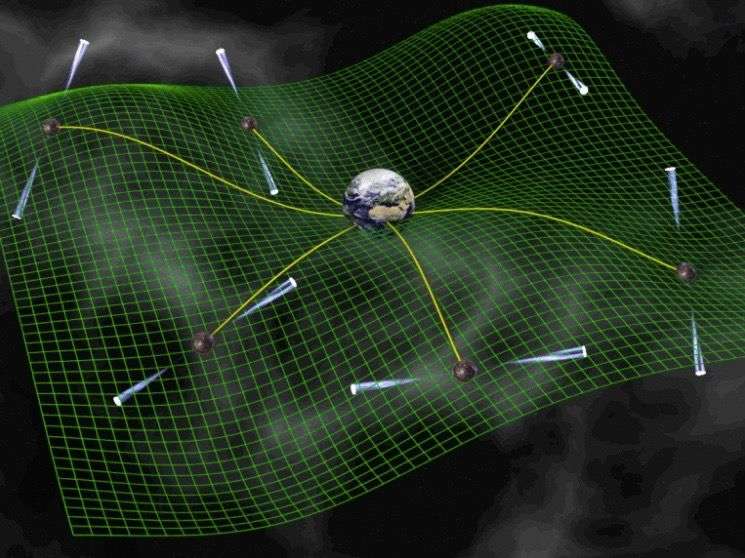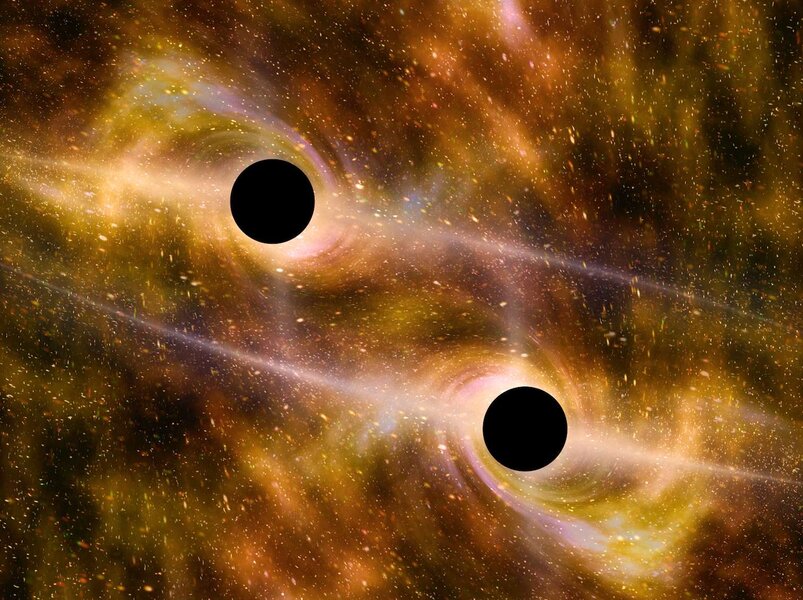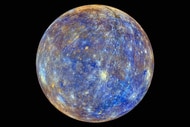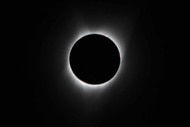Create a free profile to get unlimited access to exclusive videos, sweepstakes, and more!
Astronomers pinpoint the center of our solar system and here's where it lies

Defining the middle of anything as vast as our solar system is a tricky affair at best, but thanks to the work of the National Science Foundation's gravitational wave observatory and some nifty new modeling software, researchers working with NASA's Jet Propulsion Lab have now revealed the bullseye of our residential planetary neighborhood.
In a new study recently published in the online scientific forum with The Astrophysical Journal, astronomers have revealed that the center of mass for our solar system is located just 330 feet above the surface of the Sun. This precise spot, officially known as the barycenter, would be equal in scale to one-tenth the width of a stalk of spaghetti lying on a football field and will aid scientists hunting for elusive gravitational waves that ripple through our territory and warp the Milky Way.
"Using the pulsars we observe across the Milky Way galaxy, we are trying to be like a spider sitting in stillness in the middle of her web," study co-author Stephen Taylor, an assistant professor of physics and astronomy at Vanderbilt University in Tennessee. "How well we understand the solar system barycenter is critical as we attempt to sense even the smallest tingle to the web."
The Solar System's center of mass, including the sun, Earth, and all of the orbiting planets all revolve around this barycenter, and it's always shifting positions resulting from exactly where planets are positioned in their perpetual orbits. However, Jupiter is a bullying behemoth when it comes to gravitational influences and that precise center can move slightly depending on where the gas giant is in its long journey around our wobbling star.
Ephemerides, detailed maps showing the estimated positions of the Sun, moon, and all the planets over the course of a year, were one way to determine the solar system center and allowed for mariners to navigate by the stars. But these maps don't account for all the aberrations caused by anomalies like black holes' gravitational waves and planetary tugging. More sophisticated ephemeris modeling created by computers offers a greater degree of trajectory tracking.
Detailed in this recent research paper, scientists studied observations of pulsars complied for over a decade by the NSF's North American Nanohertz Observatory for Gravitational Waves (NANOGrav) project, employing the steady signals emitted by dying pulsar stars in aiding their distance calculations to make their more accurate estimate.
A highly excitable type of fast-spinning neutron star, pulsars are densely-packed stellar cores that blast out regular beams of concentrated radiation from their poles.
“In this article, we describe the motivation, construction, and application of a physical model of solar system ephemeris uncertainties, which focuses on the degrees of freedom (Jupiter's orbital elements) most relevant to gravitational-wave searches with pulsar-timing arrays,” note the researchers.
Acknowledging these vital uncertainties, and hoping to provide a more accurate solar system center, researchers designed a new software model called BayesEphem. Loaded with advanced detection tools, they modeled the ephemerides that were causing errors in their gravitational wave measurements. By inserting a realistic idea of the methods by which Jupiter’s gravity affected the balance of heavenly bodies around it, they happily discovered that their gravitational wave calculations lined up too.
NANOGrav harnesses the technology of massive radio telescopes like the installments at the Arecibo Observatory in Puerto Rico and the Green Bank Observatory in West Virginia, searching for variations in black hole disruptions and pulsars' beam time as they strike Earth caused by a slight warping effect of time-space ripples known as gravitational waves.
"Our precise observation of pulsars scattered across the galaxy has localized ourselves in the cosmos better than we ever could before," Taylor explained. "By finding gravitational waves this way, in addition to other experiments, we gain a more holistic overview of all different kinds of black holes in the universe."

















